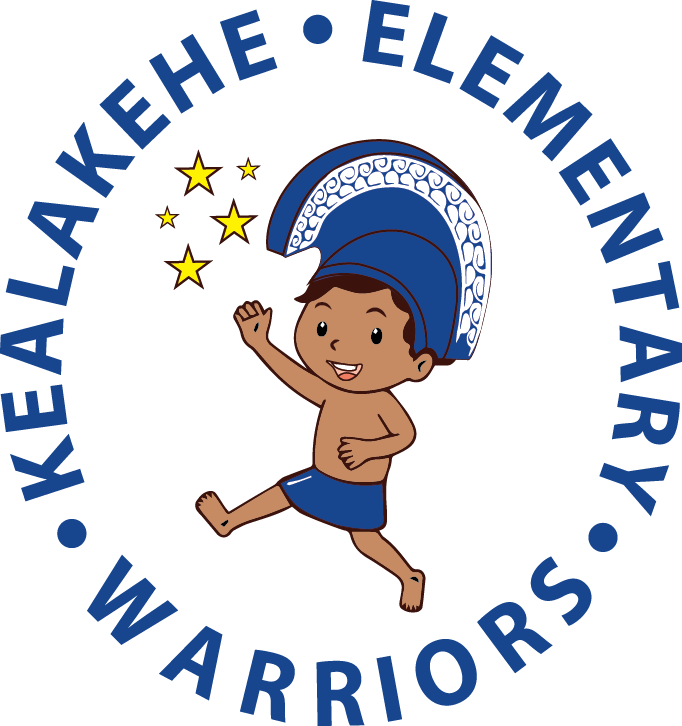History
Kealakehe School was erected in 1969. Named for the area in which it is located, Kealakehe School is appropriately matched to the location. “Ala” or “keala” means “the path, road or highway; also, “ke’e” means “crooked or winding.” So, Kealakehe is “winding road.”
It was planned as a “different” school due to the circular classroom cluster building design. The first buildings included the cafeteria, the library, and buildings D and E. In 1970-71 portable classrooms 1, 2, and 3 were installed, and at approximately the same time, the administration building and building F were added.
Except for Kailua School, Kona schools were generally small and scattered. In general, there was strong feeling in the community that a bigger and more modern school was needed. Mr. Peter Kawahara served as the school’s first principal at a time when the Kona area’s population experienced tremendous growth. By 1982, it was the largest elementary school in West Hawaii.
In 1986, the school was split into two separate schools due to the large enrollment of over 1400 students. Kealakehe Elementary, located on the original campus, includes kindergarten to grade 5. A new school, Kealakehe Intermediate was established just below the elementary school and provides for grades 6 to 8. At that time, Ms. Mae Yamasaki was appointed principal of the elementary, which served a student population of approximately 740 students.
Vision
We maintain high expectations within our community in the areas of relationships, learning, and collaboration.
Mission
KES is a thriving community empowering students to be lifelong learners.
Belief
Positive relationships and mutual respect among students, teachers, staff, parents and community are essential.
All students are valued individuals who are capable of learning. Students learn in different ways and are provided with a variety of instructional strategies to support active learning.
The commitment to continuous growth is imperative for students to become confident, self-directed, lifelong learners.
All school decisions focus on optimizing each student’s potential.
All stakeholders share the responsibility for advancing the school’s mission. Teamwork is necessary for success.
